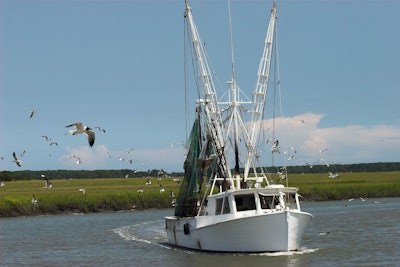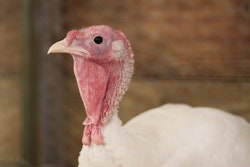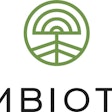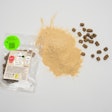
In “Forrest Gump,” Bubba extolled the virtues of shrimp, the fruit of the sea. Along with shrimp kabobs, shrimp creole and shrimp gumbo, another use can be added to Bubba’s litany of small-crustacean-based products. The parts of the shrimp that Bubba didn’t use to make pineapple shrimp, lemon shrimp, coconut shrimp, pepper shrimp, shrimp soup, shrimp stew, shrimp salad, shrimp and potatoes, shrimp burgers or shrimp sandwiches may be turned into a novel pet food protein source. Likewise, squid co-products could find a second turn in the game as pet food ingredients.
Scientists in Portugal and Germany collaborated to examine the properties of shrimp and squid co-products as dog food ingredients. They conducted an experiment using squid meal and shrimp hydrolysate by analyzing the byproducts’ chemical composition and antioxidant activity. The researchers also tested the digestibility and palatability of diets formulated with shrimp or squid co-products compared to a conventional commercially available diet.
Experiment using shrimp and squid in dog food
The experiment included twelve Beagles. groups of Beagles dogs ate formulations made squid meal or shrimp hydrolysate at three inclusion levels (50, 100 and 150 grams per kilogram) in place of a conventional diet. The researchers measured apparent total tract digestibility (ATTD), metabolizable energy content, fecal characteristics, metabolites and microbiota.
“Both protein sources presented higher protein and methionine contents than ingredients traditionally used in dog food formulation,” the scientists wrote in the journal Frontiers in Veterinary Science. “Shrimp hydrolysate showed higher antioxidant activity than squid meal."
Considering palatability, squid meal or shrimp hydrolysate didn’t influence first-approach or taste, but the Beagles did show a preference for the conventional diet. Nutrient intake and fecal output and characteristics were not affected by the increasing inclusion levels of both invertebrate protein sources. Both byproducts showed higher ATTD of dry matter, most nutrients and energy of diets compared to the conventional kibble. Shrimp hydrolysate diets affected microbiota composition, but squid meal did not.
Squid meal or shrimp hydrolysate have the potential to be included in highly digestible diets for dogs, the scientists wrote.
“Overall, results suggest that squid meal and shrimp hydrolysate constitute novel and promising protein sources for dog food, but further research is needed to fully evaluate their functional value,” they wrote.
The squid meal came from Spain-based Inproquisa as a by-product from the canning industry of Dosidicus gigas obtained through steaming and pressing for oil extraction. Shrimp hydrolysate was provided by Symrise Aqua Feed, based in France. The shrimp byproduct resulted from the enzymatic hydrolysis of heads and cephalothoraxes of Litopenaeus vannamei.
“Both by-products presented higher protein and methionine contents than commonly used protein sources, and their dietary inclusion increased diet digestibility, suggesting their potential to be included in high protein digestible diets,” the researchers wrote. However, they called for more research.
Sustainability of shrimp and squid byproducts
Shrimp hydrolysate and squid meal may help mitigate environmental concerns associated with byproduct waste disposal while providing a nutritious alternative protein source for pet food. Incorporating shrimp and squid co-products in pet food formulations may help conserve marine resources by utilizing otherwise discarded or low-value parts of the invertebrates, potentially reducing the demand for fresh seafood and making greater economic usage of existing harvests. This promotes environmental stewardship while supporting the long-term viability of marine ecosystems and fishing economies.


















